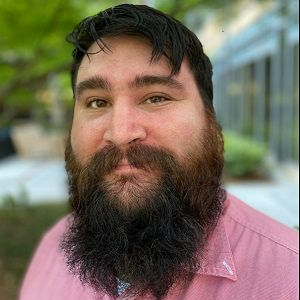Experts not convinced this military trick is answer to your sleep problem
Rest on your back and close your eyes. Starting at your forehead and moving all the way down to your toes, relax each part of your body one by one. Breath in deeply, exhale slowly. Visualize your happy place, somewhere calm and relaxing.
According to the military sleep method, you’ll be in dreamland within two minutes.
“Understandably, when you’re having trouble falling asleep, you want to find the thing that’s going to help get you there quickly, which is probably why things like the military sleep method have become so popular,” sleep psychologist Dr. Alaina Tiani told the Cleveland Clinic. “I have patients asking about it more and more.”
The practice was popularized in 1981 by Olympic sprint coach and author Lloyd Bud Winter. In his book “Relax and Win: Championship Performance,” Winter described it as a technique used by U.S. Army soldiers so they could fall asleep as fast as possible.
The method might have benefits, but Tiani explained it isn’t an easy solution to poor sleep — something that affects around 37% of all adults, 77% of high school students and 35% of all children.
“The methods proposed by the military sleep method may help to facilitate a calm and restful state that may increase the likelihood of falling asleep,” Tiani said. “But they are likely not the things that are putting you to sleep.”
According to the doctor, the method can backfire by creating an expectation that the user should be asleep within 120 seconds. If the user is still awake after two minutes, they may begin to feel frustrated or anxious.
“As a sleep psychologist, I want to help my patients look toward sleep as a cozy, welcome repose at the end of the day, not something they must battle or put excessive effort into achieving,” Tiani said.
According to clinical psychologist Victoria Bangieva, the method can still be useful for those trying to relax in bed.
“Although I don’t know of any study that has looked at the effectiveness or benefits of this method, the science behind it is based on proven relaxation techniques, such as deep breathing, progressive muscle relaxation, and visualization,” she told Real Simple. “(These) strategies help activate the body’s relaxation response, which helps reduce stress and tension, and generally promotes a calm and relaxed state of being.”
Bangieva advises her sleepy patients to experiment with different methods to figure out what aids them best, adding “it is not a one-size-fits-all.”
If no sleep methods are helping, Tiani said it might be worth resisting going to bed too soon.
“Only climb into bed when you are sleepy — not just tired, but truly sleepy. Think of that heavier feeling where it’s hard to keep your eyes open,” she said. “We can’t necessarily pick an arbitrary time to force our body to generate sleep at night. It is better to go about your night, wait until you notice a feeling of sleepiness, and then act on it by heading to bed.”
Find more stories like this one on our Pulse Facebook page.


